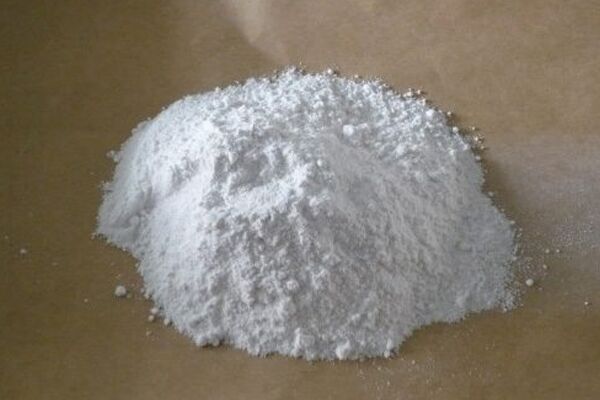
Want to know the difference between O-DSMT VS 3-MMC? read bellow
O-DSMT, or O-desmethyltramadol, is an active metabolite of tramadol, an opioid analgesic. It acts on the mu-opioid receptor and has pain-relieving effects. On the other hand, 3-MMC, or 3-Methylmethcathinone, is a synthetic stimulant belonging to the cathinone class, and it primarily affects the release and reuptake inhibition of neurotransmitters such as serotonin, dopamine, and norepinephrine.
Here are some key differences between O-DSMT and 3-MMC:
- Chemical Classification:
- O-DSMT: Opioid analgesic, acts on opioid receptors.
- 3-MMC: Synthetic stimulant, belongs to the cathinone class.
- Mechanism of Action:
- O-DSMT: Acts on mu-opioid receptors, providing analgesic effects.
- 3-MMC: Stimulant effects by increasing the release and inhibiting the reuptake of neurotransmitters.
- Effects:
- O-DSMT: Pain relief, sedation, and euphoria.
- 3-MMC: Increased energy, alertness, and euphoria.
- Safety and Legality:
- O-DSMT: Opioids carry a risk of dependence and respiratory depression; prescription medication in some countries.
- 3-MMC: Often considered a research chemical, legality varies by jurisdiction; potential for abuse and adverse effects.
- Medical Use:
- O-DSMT: Used medically for pain management.
- 3-MMC: Not approved for medical use; often used in research settings.
It’s crucial to note that both substances may have associated risks, and their use should be approached with caution. Always adhere to local laws and regulations, and consult with medical professionals for personalized advice. Additionally, the recreational use of such substances can lead to adverse health effects and legal consequences. To know more about o-dsmt VS 3-mmc you can directly email us.
